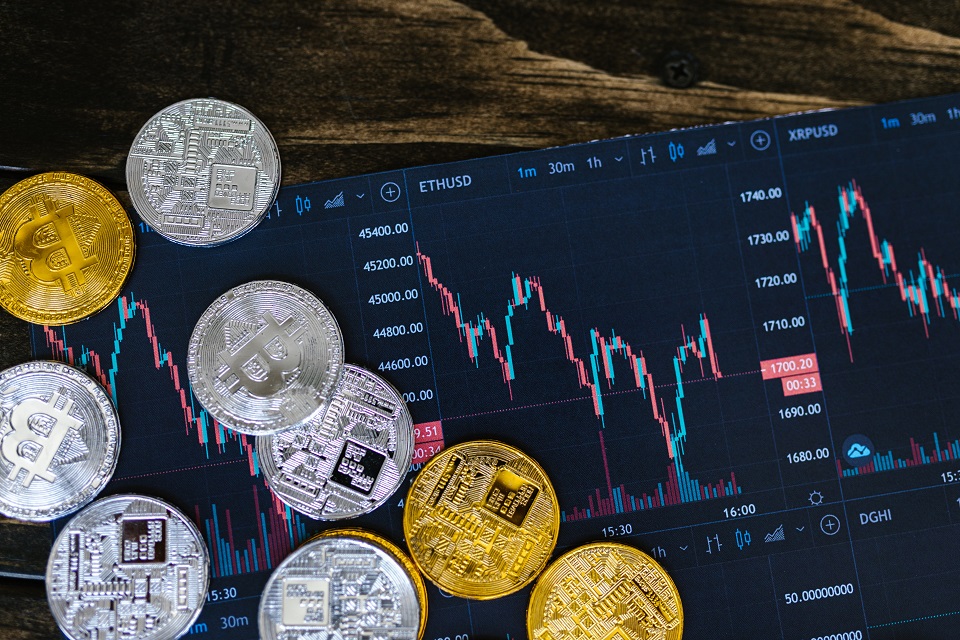Bitcoin is the soil in which thousands of other cryptocurrencies have grown. To be successful, it is essential to learn the nuances of the market before jumping headfirst. Bitcoin was launched in 2009 and remained the largest. Today, you can also trade other digital assets such as Ether. If you want to learn How to sell Ethereum: A beginner’s guide to selling ETH is available online. In the meantime, read on to understand crypto trading.
Market Trend Theory
If you’re new to crypto trading, you may be wondering if the Dow Theory applies to this new form of investing. After all, the theory of price fluctuations is based on the market’s primary trend, which is bullish. The primary trend is always high, and trading volume decreases in the opposite direction. High volume means that many people are following the movement, and low volume means a low amount of trading going on.
A trend will generally last anywhere from several weeks to several months, depending on the type of currency being traded. The primary trend can last months or even years, while the secondary and tertiary trends last a week or ten days. The tertiary trend can last just a few hours or days, depending on how fast it evolves. Therefore, when using the theory to analyze the behavior of crypto markets, it’s essential to be aware of how it works.
Choosing A Trading Platform
When choosing a trading platform for crypto trading, you should be careful to consider the security of your digital assets. Unfortunately, some platforms prioritize safety over user experience and may have less friendly interfaces. Therefore, make sure the exchange you choose has the proper security measures and consistently adds new coins. Likewise, if you are new to crypto, you should ensure the platform has security tools that you can rely on.
The fees charged by trading platforms can be high. For example, most exchanges charge 0.25% to 4% of the total transaction amount. Other costs for crypto trading include spreads, debit/credit card surcharges, and convenience fees. Moreover, some platforms don’t offer to trade at all. Nevertheless, some platforms waive these fees. However, you should make sure that your fees are affordable and meet your needs.
Using Indicators & Charts
When you first start crypto trading, it can be overwhelming to interpret the price chart because there are so many colors and lines. This is where indicators come in handy. Cryptocurrency trading indicators help investors and traders decide which cryptocurrency is a good buy or sell. By analyzing the probability of different price changes, these tools can help you maximize your gains and minimize your losses. Using multiple indicators is an effective way to find a profitable trading strategy.
The RSI (Relative Strength Index) is a popular indicator used by swing traders. The RSI measures market volatility and identifies if a price is overbought or underbought. Many traders use this indicator in conjunction with the Relative Strength Index (RSI) to identify overbought and oversold stocks. Another critical indicator in crypto trading is the Stochastic Oscillator, which compares the stock’s closing price to a set range of prices over a selected time. A break of either curve will cause a movement in the market.
Avoiding Overtrading
Overtrading is a significant source of account wipe-outs. To avoid overtrading, carefully evaluate your interests and expertise. Keep a trading journal to track your progress. Writing down your trades will also help you avoid overtrading mistakes. Lastly, avoid overtrading by following a trading plan. A trading plan is a crucial tool in managing risk.
Overtrading has various symptoms. The most apparent symptom of overtrading is loss of control. In other words, your trading strategy no longer matches the market situation. As a result, you may have too many open positions. Moreover, you might lose all your money in a single trade. This can damage your portfolio, not to mention your trading broker. The ultimate risk of overtrading is blowing up your account.








No Comments